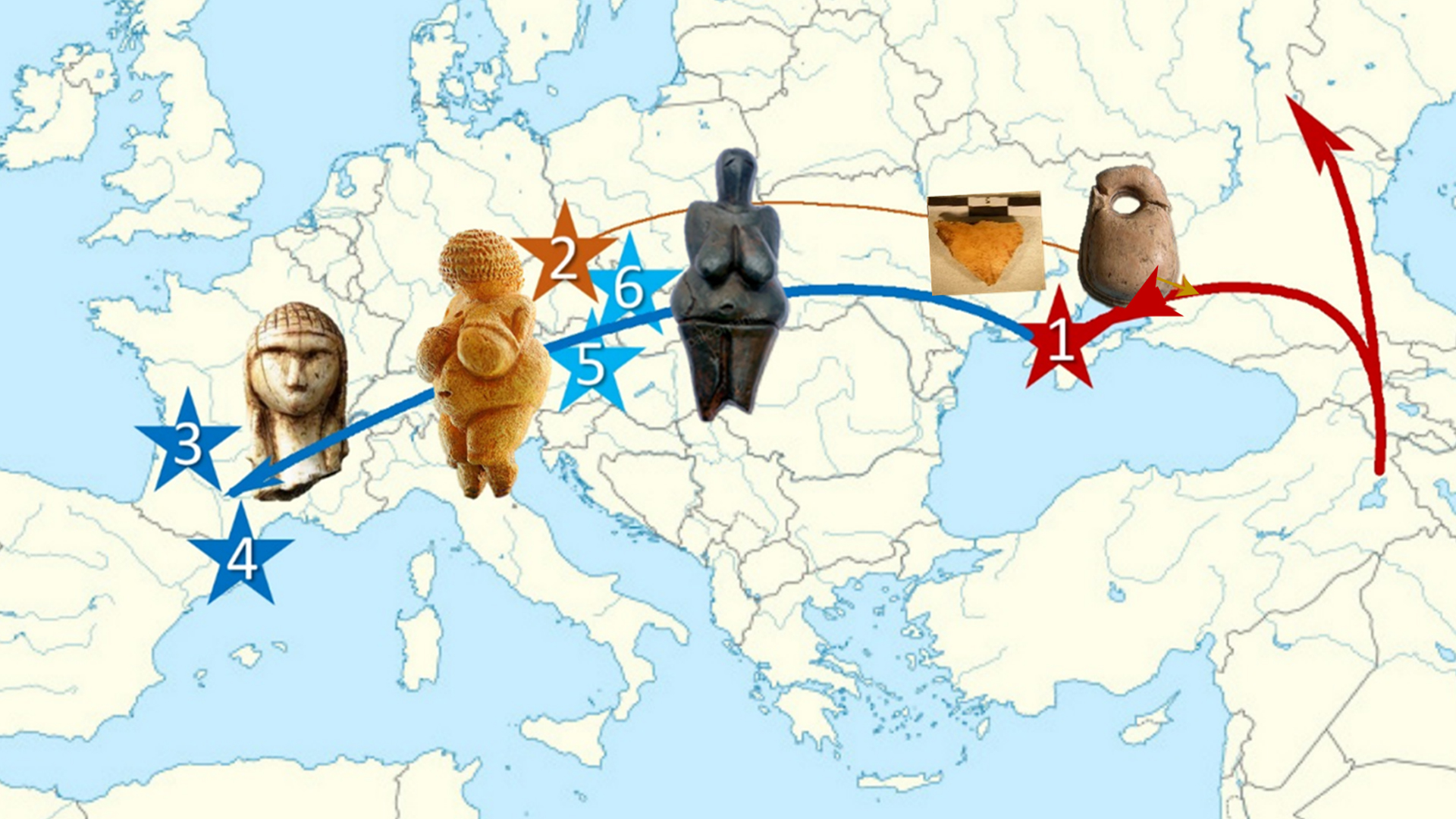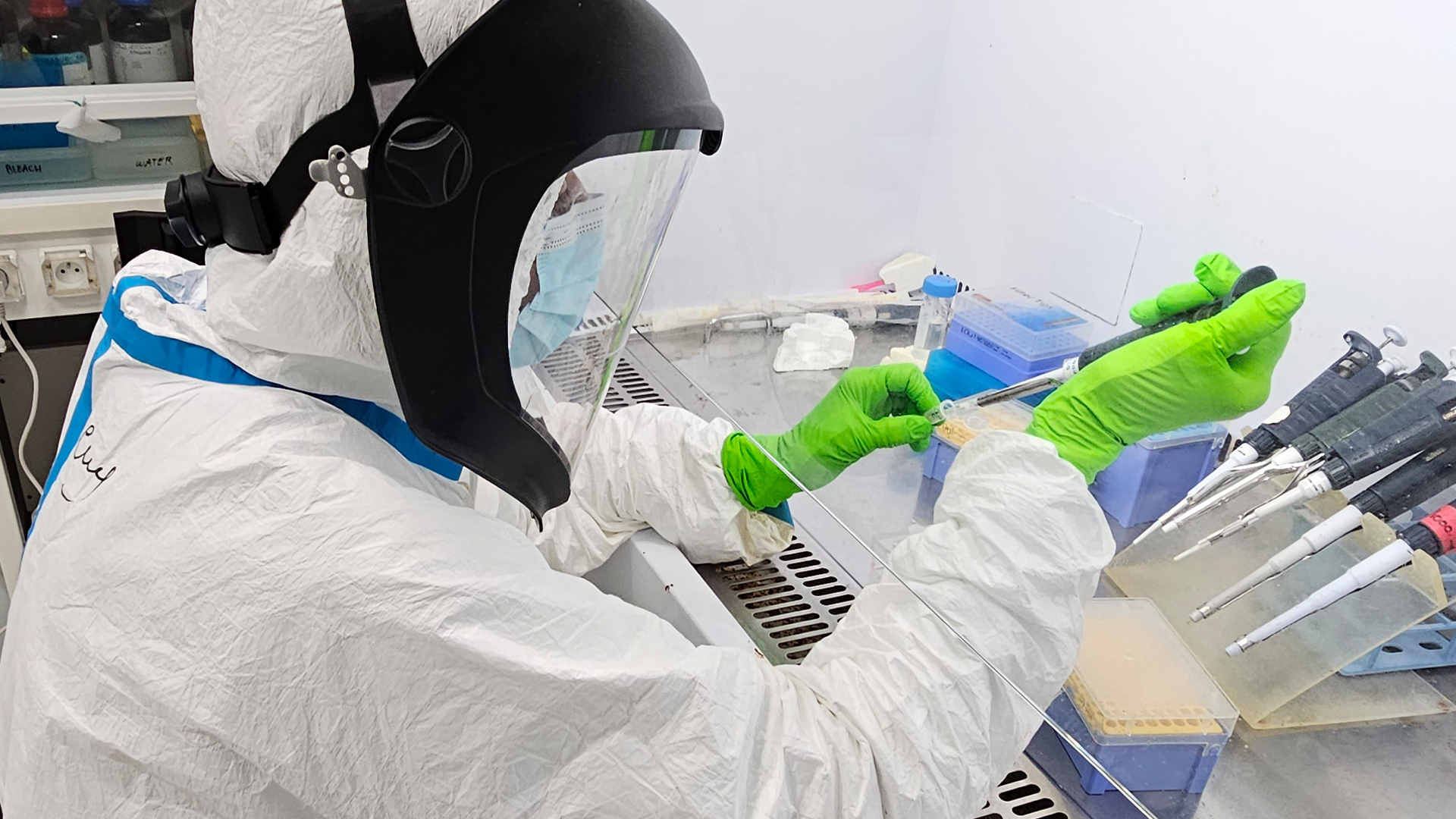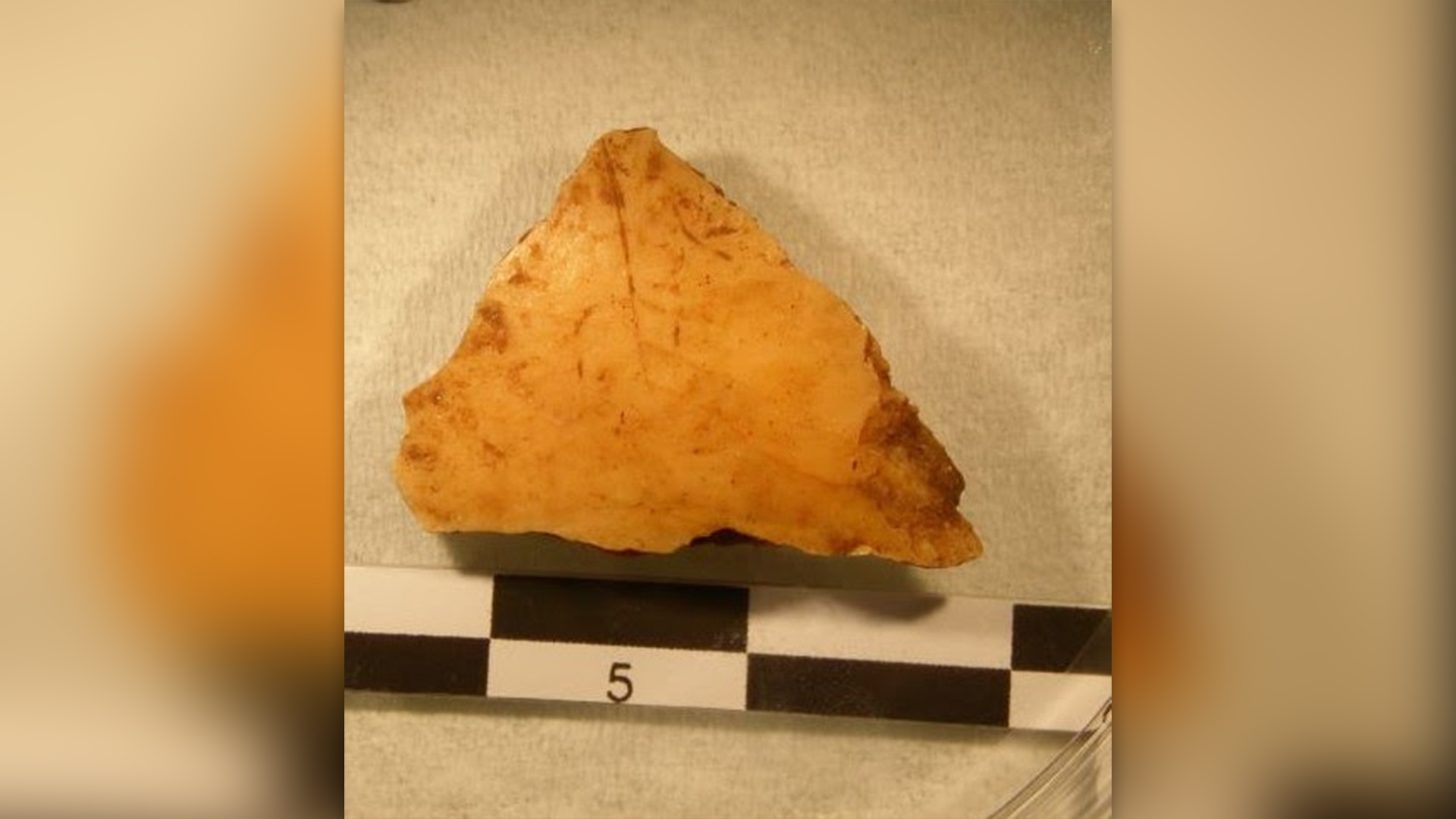Europe's 1st permanent residents settled in Crimea 37,000 years ago, DNA reveals
The ancestors of Europeans first settled in Crimea about 37,000 years ago, DNA analysis on two ancient individuals reveals.

The first modern humans to take up permanent residence in Europe settled in Crimea around 37,000 years ago, according to an analysis of their DNA. Within 7,000 years, their descendants gave rise to a culture that included Venus figurines, stone tools and jewelry.
Although anthropologists have long known that some human groups began leaving Africa around 60,000 years ago, most of them were nomadic, not staying long in any particular area. And around 40,000 years ago, a supervolcano in southern Italy wiped out most of the humans and Neanderthals in Europe. These events have led anthropologists to wonder when the ancestors of today's Europeans arrived and decided to settle down.
An international team of researchers now believes they have found Europe's first permanent residents among a collection of skeletons from the site of Buran-Kaya III on the Crimean Peninsula. They published their findings Oct. 23 in the journal Nature Ecology and Evolution.
Buran-Kaya III, a cave site originally discovered in 1990, boasts rich deposits of human activity dating from the Middle Paleolithic to the Middle Ages — a span of at least 50,000 years. But archaeologists are most interested in layers dating from 38,000 to 34,000 years ago, as they include objects such as stone tools and carved bones similar to artifacts from the Gravettian culture. This culture spread across Europe starting about 33,000 years ago, which suggests that Buran-Kaya may be the earliest evidence of permanent settlements in Europe and may have given rise to the Gravettian culture.
To investigate the idea that the Buran-Kaya people were the ancestors of the Gravettian toolmakers, the research team, led by paleogenomics experts Eva-Maria Geigl and Thierry Grange of France's National Center for Scientific Research (CNRS), sequenced the genomes of two male skeletons found at Buran-Kaya that were carbon-dated to about 35,800 to 37,500 years ago.
Related: Modern humans migrated into Europe in 3 waves, 'ambitious and provocative' new study suggests

After sequencing the two men's genomes and comparing them with those of other people who lived in Europe around this time, the researchers concluded that the men were more similar to the younger (more recent) European genomes than they were to older ones. This finding places the Buran-Kaya people among the population wave that entered Europe after the eruption of the supervolcano in the Phlegraean Fields of southern Italy, the study authors suggested.
Sign up for the Live Science daily newsletter now
Get the world’s most fascinating discoveries delivered straight to your inbox.
Notably, the Buran-Kaya people were found with Gravettian-style stone tools that are commonly seen 7,000 years later and about 1,865 miles (3,000 kilometers) away from the site. The researchers suggested that once the climate warmed around 38,000 to 35,000 years ago, people spread out of Crimea and other southern refuges, taking their culture with them as they populated Eastern and Central Europe.
"Our study adds a fundamental piece to the jigsaw of the peopling of Europe by anatomically modern humans," Geigl told Live Science in an email. The genetic results support a hypothesis of Ukranian archaeologists — namely, that "the individuals from Buran Kaya III were the ancestors of the western Europeans who produced the Gravettian culture," Geigl said.
But linking two genomes to a widespread and long-lasting culture is not necessarily straightforward. The partial genomes from Buran-Kaya confirm in many ways what we already know, as "it seems like the ancestors of Buran-Kaya III came from Europe, and their descendants stayed in Europe," Mica Glantz, a Colorado State University anthropology professor who was not involved in the research, told Live Science in an email.
Glantz cautioned against matching genomes to tool traditions, though, because the geographical and temporal distribution of the tools "is deep and wide, and one genome represents a single place and time." Rather, she said, tool traditions are better understood as shared by multiple genetic populations contributing to their development.

Even if the Gravettian link to these ancient individuals does not hold up in future studies, the genomic results that Geigl and her team have produced speak to an interesting finding — namely, that the Phlegraean eruption did not cause the complete extinction of Homo sapiens and Neanderthals in Southern Europe.
"Our results show that there must have been some survivors of this climate crisis who mated with the newcomers arriving in eastern Europe around 38,000 years ago," Geigl said. "Hence, there was no complete population turnover."

Kristina Killgrove is a staff writer at Live Science with a focus on archaeology and paleoanthropology news. Her articles have also appeared in venues such as Forbes, Smithsonian, and Mental Floss. Killgrove holds postgraduate degrees in anthropology and classical archaeology and was formerly a university professor and researcher. She has received awards from the Society for American Archaeology and the American Anthropological Association for her science writing.










